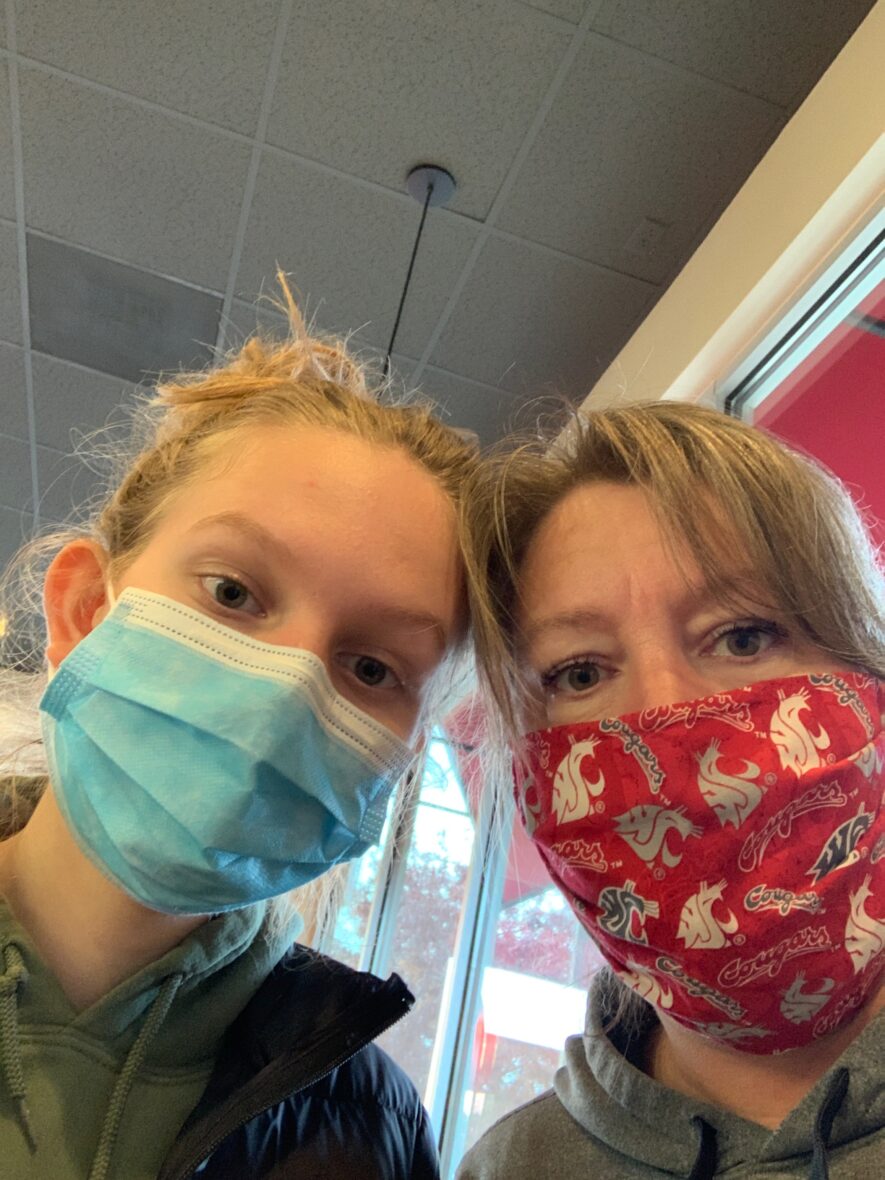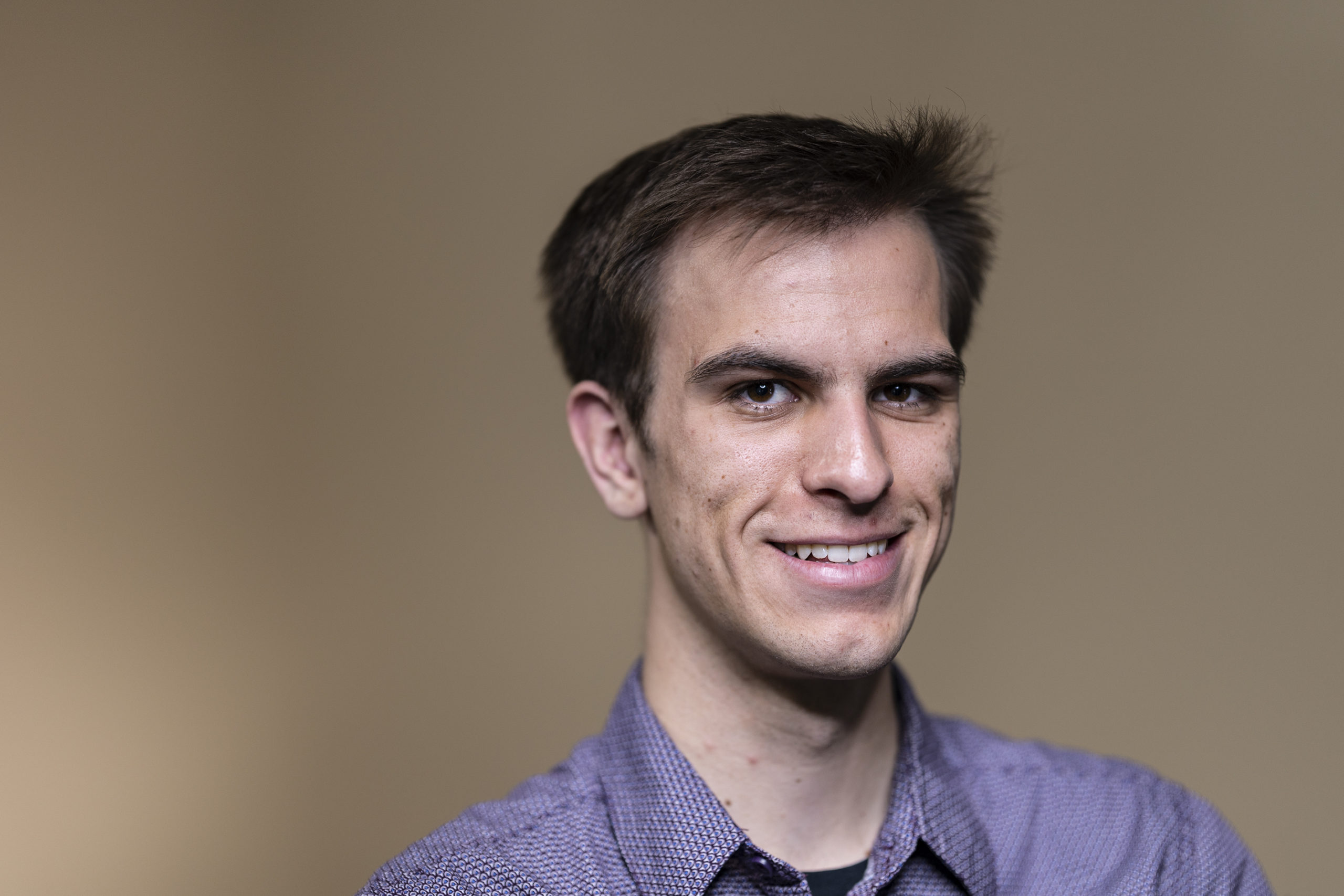
For students who returned to campus for the 2020-21 school year, showing up was a matter of staying on schedule — or getting back on track.
It meant setting aside concerns about the coronavirus, or accepting their schools’ required protocols.
Here are three students’ stories from the unusual year.
Natalia Zieroth, the University of Idaho
During the summer of 2020, Natasha Zieroth-Chaumont and her daughter, Natalia Zieroth, watched from their home north of Seattle, waiting to see what would happen with Natalia’s second year at the U of I.
As other schools in the Pacific Northwest announced plans to go online in 2020-21, mother and daughter waited for word from Moscow. And they ruled out alternatives along the way.
Staying in the Seattle area and attending community college would have saved money — “It would have cost us a toe vs. two legs,” Natasha said. But there weren’t many general education credits Natalia still needed, not enough to make the year worthwhile.
Natalia weighed the pros and cons of a gap year. In terms of finances and health, it made sense. But she wanted to stay on pace with her classmates in U of I’s PGA program, which prepares graduates for work as golf professionals. (The specialized PGA program is a big reason why Natalia chose the U of I; only 19 universities offer the major, and the U of I is the only school in the region that does so.)
Eventually, Natasha cut the check for fall semester at the U of I, before knowing exactly what to expect. The U of I wound up offering a mix of face-to-face and virtual classes. Natalia would wind up taking many of her classes online, including four of her spring classes. She wound up doing most of her classwork from the quiet of the library, and spent parts of the year studying at home or at her grandparents’ house in Walla Walla, Wash.
The summer left Natasha and Natalia with tough decisions, but Natasha is sympathetic to the U of I, and the enormous political pressure to reopen. “I think the colleges in Idaho were put into a pretty crappy situation.”
America Avila, College of Southern Idaho
America Avila didn’t let the pandemic keep her from returning to the College of Southern Idaho last fall.
Avila, of Jerome, was on a gap semester in the spring of 2020, when COVID-19 struck, as she switched majors from psychology to digital media. Watching the onset of the pandemic, she was fearful about the virus — and the possibility of another campus shutdown. “I saw my country fall apart in a matter of months, and I kind of thought, ‘Wow, should I even be going back to school?’” she said.
Like many students, Avila has mixed feelings about learning online — although she said it helped on winter days, when it kept her from having to commute across the Snake River to campus.
But she now hopes to graduate in spring 2022, and she says her parents influenced her decision to return to school. They urged her to quit the part-time cashier’s job she took during the pandemic, and become the first graduate in her family. “I guess they valued my college education more than my job,” she said.

Knox Freedman, Idaho State University
Knox Freedman contemplated a gap year before returning to Idaho State for his second year in 2020-21. A gap year would have cost him one year of a four-year scholarship, jeopardizing his plans of graduating from college debt-free.
So he read up about the virus and decided that his risks were minimal. He wasn’t convinced masks would help much, but went along with Idaho State’s mask requirements anyway. “It’s the campus that I’m living on. I don’t want to cause unnecessary difficulties for me or them.”
Other pandemic protocols, he said, seemed like “weirdly unnecessary kind of fluff.” For example, students were prohibited from visiting friends in other dorms, and Freedman says he probably lost contact with friends along the way.
“It definitely felt kind of stifling,” he said. “In order to hang out with people, I had to go off campus.”
These stories were produced with support from an Education Writers Association fellowship.
This series, at a glance
Monday, June 21: Eighteen months, 5,000 students: Idaho colleges and universities face a deep enrollment decline
Monday, June 21: Why they showed up: Three students tell their stories
Tuesday, June 22: The student experience: adjusting to classes and campus life in a pandemic
Wednesday, June 23: Even as the pandemic recedes, students might not return to campus
Thursday, June 24: Students came from the across the globe — and stayed in Caldwell
